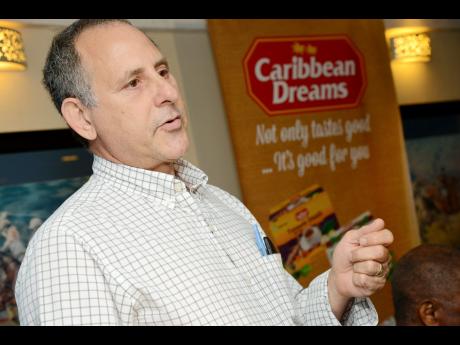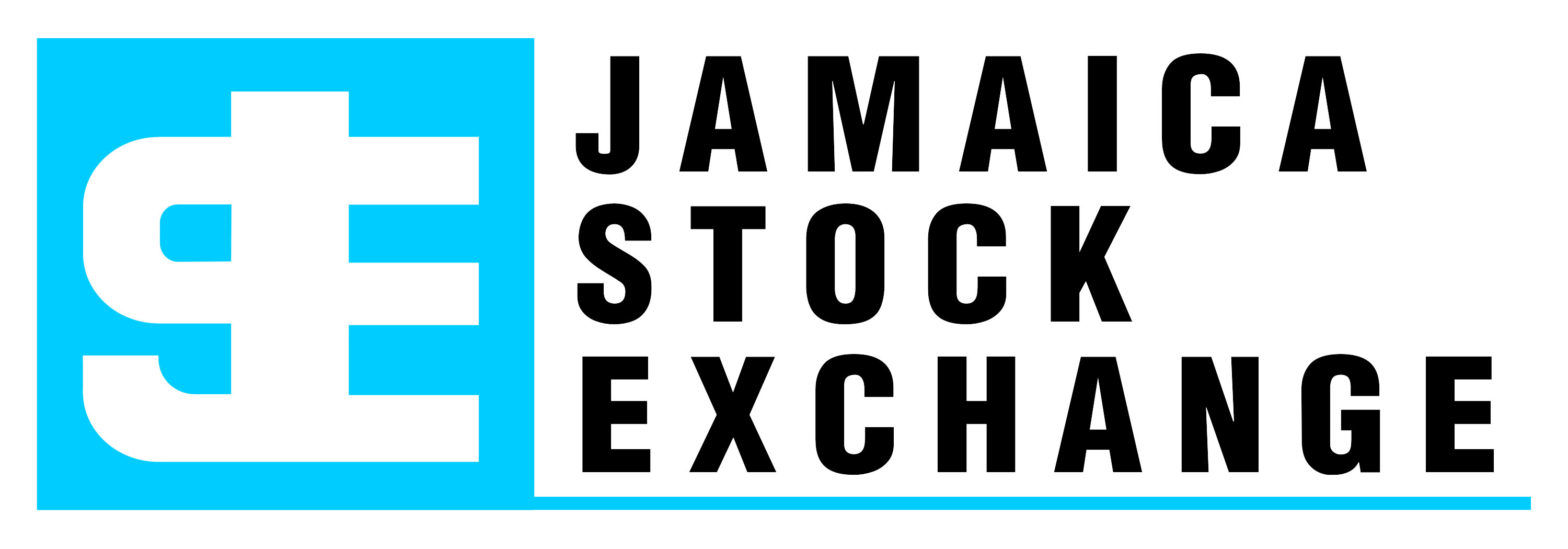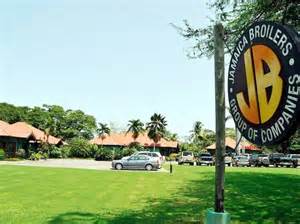“According to the Ministry of Finance, Trinidad and Tobago’s economy is projected to grow by 1.6% in 2013 after it expanded by 0.2% in 2012. The petroleum sector is projected to grow by 0.5% after declining by 1% in 2012. Oil output averaged 80,737 barrels per day (bpd) for the first seven months of the year, down from 82,991 bpd for the same period in 2012.
The US Energy Information Administration forecasts oil prices to average US$98.59 per barrel this year compared with US$94.12 in 2012. Natural gas production averaged 4.3 billion cubic feet per day during the first seven months of 2013, higher than the 4.2 billion cubic feet per day for the same period in 2012. Natural gas prices have increased and are expected to average US$3.79 per MCF for the year, up from US$2.83 in 2012. Although prices have increased from 2012, output is predicted to fall for the rest of the year as the country’s two largest natural gas producers are planning significant maintenance activity.
The non-energy sector is projected to drive growth in the economy in 2013, based on an estimated 2.5% expansion of the services sector supported by expected growth in finance (5.3%), distribution and restaurants (1.2%) and electricity and water (3.0%).
Construction and quarrying, is expected to expand by 3.0%, a strong recovery after recording four consecutive quarters of decline. The manufacturing sector is projected to grow by 6.1% during 2013, marking a turnaround on the estimated 0.4% contraction recorded during 2012. The agriculture sector is expected to register a strong performance in 2013 with growth of 5.1%. This follows on contractions of 0.1% and 4.9% in 2011 and 2012 respectively.
For the year thus far, inflation reached a high of 7.3% in January and moderated in the second quarter. In August 2013 headline inflation rose to 5.1%, after slowing to 3.8% in July due to a rise in food inflation, which increased to 7.7% in August 2013 from a low of 4.8% in the previous month. Lower global food prices and favourable weather conditions contributed to the slight slowing in food inflation in the first half of 2013.
With overall inflation at manageable levels, the Central Bank held the “Repo” rate at 2.75% in its September 27 media release. In this environment, commercial banks’ basic prime lending rate remained at 7.5%.
Despite low interest rates, private sector credit grew by only 2.5% in the nine-month period from October 2012 to June 2013. Credit to consumers and the public sector, on the other hand, increased by 7.3% and 13.8%, respectively.
Going forward, growth in the economy depends on developments in both the energy and non-energy sectors. Oil prices are expected to remain fairly stable for the rest of 2013. Non-energy output is likely to increase. Distribution is expected to increase in the fourth quarter of 2013, due to seasonal factors, while construction activity is also expected to gain momentum. The Government’s stated top priority going forward is to sustain growth and generate prosperity. Trinidad and Tobago’s economy is expected to grow by 2-3% in 2014 with stronger performances expected by both the energy and non energy sectors.
Ronald F. deC. Harford
Chairman
Republic Bank Limited

 Businessuite Markets2 weeks ago
Businessuite Markets2 weeks ago
 Businessuite News242 weeks ago
Businessuite News242 weeks ago
 Leadership Conversations5 days ago
Leadership Conversations5 days ago
 Businessuite Markets2 weeks ago
Businessuite Markets2 weeks ago
 Logistics & Transportation2 weeks ago
Logistics & Transportation2 weeks ago
 Businessuite Markets2 weeks ago
Businessuite Markets2 weeks ago
 Businessuite News24 International3 weeks ago
Businessuite News24 International3 weeks ago
 Businessuite Markets2 weeks ago
Businessuite Markets2 weeks ago








